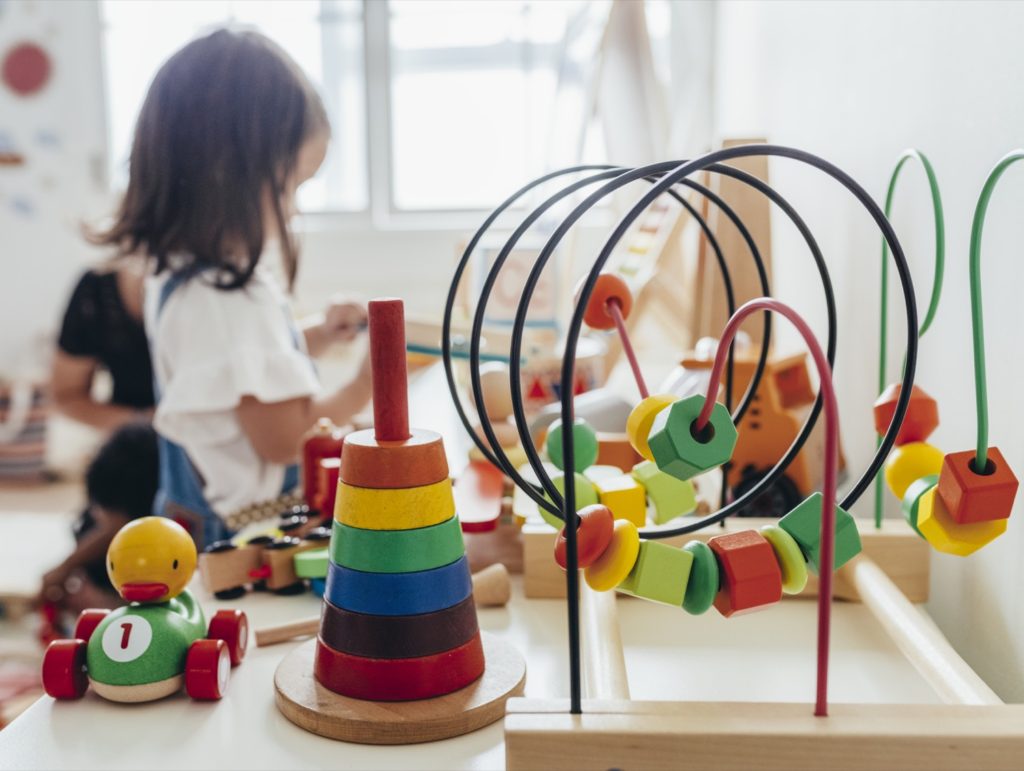Establishing a consistent routine is essential for preschool-aged children as it provides structure, predictability, and a sense of security. While attending a formal preschool program offers a structured routine, parents can also create a nurturing and enriching preschool-like environment at home. In this article, we’ll explore how to create a Westchester preschool routine at home that promotes learning, development, and a sense of routine for young children.
1. Morning Circle Time
Start the day with a morning circle time to gather as a family and set the tone for the day ahead. Use this time to engage in simple activities such as singing songs, reciting nursery rhymes, or reading a story together. This helps children transition from sleep to wakefulness and fosters a sense of togetherness and connection.
2. Learning Centers
Designate specific areas in your home as learning centers where children can engage in different activities and explore various interests. Set up centers such as:
- Art Center: Provide art supplies such as crayons, markers, paints, and paper for creative expression.
- Reading Nook: Create a cozy reading corner with a variety of age-appropriate books and comfortable seating.
- Pretend Play Area: Set up a play kitchen, dress-up clothes, dolls, or stuffed animals for imaginative play.
- Sensory Table: Fill a bin or table with sensory materials such as rice, beans, water, or playdough for tactile exploration.
Rotate materials and activities regularly to keep children engaged and stimulated.
3. Structured Learning Time
Allocate time each day for structured learning activities that promote cognitive development, language skills, and pre-math concepts. Use simple educational materials such as flashcards, puzzles, sorting games, and counting manipulatives to facilitate learning. Focus on age-appropriate skills such as letter recognition, number identification, and basic concepts like colors, shapes, and sizes.
4. Outdoor Play
Incorporate outdoor play into your preschool routine to promote physical activity, gross motor skills, and sensory exploration. Take advantage of your backyard or local playground for outdoor playtime. Encourage activities such as running, jumping, climbing, swinging, and playing with balls or other outdoor toys. Outdoor play provides valuable opportunities for children to develop coordination, balance, and spatial awareness.
5. Snack Time and Mealtime
Schedule regular snack times and meal times to provide children with nourishing food and opportunities for social interaction. Encourage children to participate in meal preparation and clean-up to develop independence and life skills. Use meal times as opportunities for conversation, storytelling, and building vocabulary. Offer a variety of healthy snacks and meals to support children’s growth and development.
6. Quiet Time or Rest Time
Include a period of quiet time or rest time in your preschool routine to allow children to recharge and relax. Create a calm and cozy environment with soft lighting, comfortable pillows or blankets, and soothing music or white noise. Encourage children to engage in quiet activities such as reading, coloring, or listening to soft music. Rest time provides children with an opportunity to rest their bodies and minds and promotes overall well-being.
7. Reflection and Review
At the end of the day, take time to reflect on the activities and experiences of the day with your child. Ask open-ended questions to encourage reflection and conversation about what they enjoyed, what they learned, and what they’re looking forward to tomorrow. Celebrate achievements and milestones, no matter how small, to reinforce positive behavior and encourage a love of learning.
Conclusion
Creating a preschool routine at home provides young children with a structured and nurturing environment where they can learn, grow, and thrive. By incorporating elements such as morning circle time, learning centers, structured learning activities, outdoor play, snack times, quiet time, and reflection into your daily routine, you can support children’s development across all areas while fostering a sense of routine and security. With consistency, patience, and love, you can create a preschool-like atmosphere at home that promotes learning, exploration, and joy for your child.

